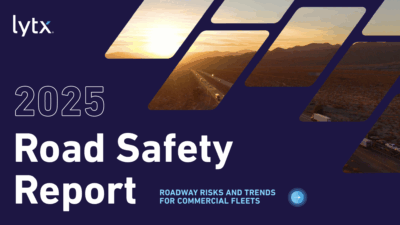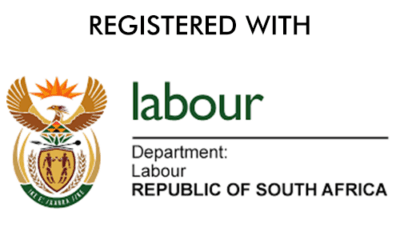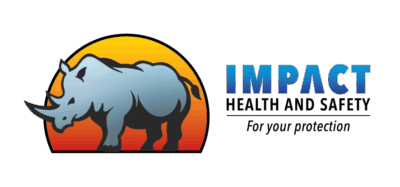Leading regulatory updates in Asia in 2025. As we head into 2025, numerous legislators around Asia are suggesting and solidifying legal updates and changes that will impact the food and beverage space.
According to data provider Statista, Asia’s food and beverage industry is expected to continue to grow at an annual growth rate of 8.66% between 2022 and 2029. By 2029, the continent is anticipated to reach a projected market volume of $1.84 billion (€1.78 bn).
The legal landscape will shape the trajectory of the food and beverage sector over the coming years. Here, we take a look at some of the main regulatory updates set to take place in 2025.
- European Union Deforestation Regulation (EUDR) implementation date arrives
- Singapore seeks to strengthen food safety, security and health
- Indonesia introduces halal food law
- Thailand welcomes revised logo
- The Philippines’ FDA launches food classification guidance
The legal landscape will shape the trajectory of the food and beverage sector over the coming years. Here, we take a look at some of the main regulatory updates set to take place in 2025.

















